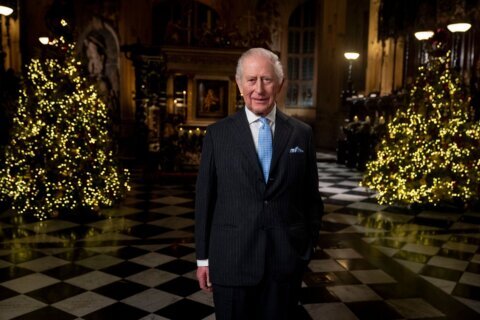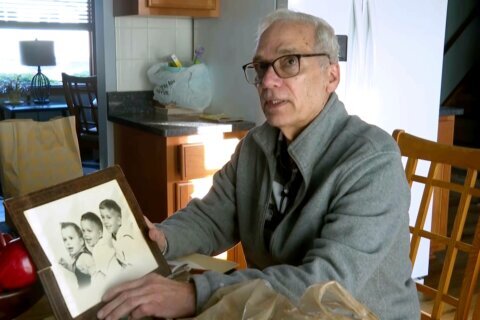WASHINGTON — Cold weather and heating problems typically lead people to use other solutions to keep warm, and that can cause a spike in the number of house fires.
“We see so many fires involving space heaters,” says Mark Brady, spokesman for the Prince George’s County Fire/EMS Department.
“Space heaters are increasingly becoming a firefighter’s nightmare.”
Brady’s advice for proper use of space heaters includes:
- Keep at least 3 feet distance between heater and combustible items.
- Never use them with extension cords that can overheat and cause fires.
- Plug space heaters directly into the wall outlet.
A fireplace can be used for charming ambience or as a heat source, but that can pose safety hazards.
“We had a significant number of fires last winter with the fire starting in the attic area,” Brady says. “Heat and hot embers traveling up the chimney stack find a crack in that chimney and then go into the attic.”
Safety tips for fireplaces from the Chimney Safety institute of America:
- Chimneys should be inspected yearly and cleaned as needed.
- Use only seasoned wood in the fireplace — large pieces of cardboard and plastic won’t combust properly.
- Allow ashes to cool for about 24 hours before disposal.
- Dispose of ashes in a lidded metal container away from the home preferably on a concrete surface. Wait another two to three days before putting ashes in trash.
- Never leave candles burning unattended.
- Use sturdy candle holders placed on flat surfaces.
- Keep candles at least three feet away from anything that can burn.
- During power outages, use flashlights or battery powered lamps if possible.
But the No. 1 cause of house fires and fire related injuries in the D.C. metro area and nationwide is cooking.
- Never leave cooking food unattended.
- Do not open toaster ovens, ovens or microwaves with something burning inside. Turn them off.
- Never try to extinguish a grease fire with water; use salt or baking soda instead. Flour can be explosive.
- Fires in pans or pots should be covered with lids.
- Aim fire extinguisher blasts toward the base of the fire, not the flames.
The end of Daylight Saving Time in a few weeks typically has been a universal trigger for a fire safety message related to smoke and carbon monoxide alarms: “Change your clock, change your batteries.” New equipment has led to an adjusted message.
Brady now recommends everyone have the latest-generation smoke and carbon monoxide detectors, which come with 10-year batteries in a tamper-proof case.








